General Landscape Uses: Accent shrub. Buffer plantings.
Ecological Restoration Notes: Found throughout South Florida, but more abundant along the west coast in coastal thickets.
Description: Medium shrub to small tree with an open, rounded crown from small, spreading irregular branches, usually from short trunks. Bark nearly white, rough. Twigs armed with short recruved spiny. A tropical deciduous species; leaves compound, thin, often prickly.
Dimensions: Typically 6-8 feet in height; to 32 feet in South Florida. Mostly taller than broad.
Growth Rate: Moderate.
Range: Southeastern United States west to Texas and south to the Monroe County Keys; eastern Mexico. Very rare and scattered in the Monroe County Keys and perhaps absent from the middle Keys.
Habitats: Thickets and forest edges.
Soils: Moist, well-drained sandy or limestone soils, with or without humusy top layer.
Nutritional Requirements: Moderate to low; it prefers soils with organic content, but will still grow reasonably well in nutrient poor soils.
Salt Water Tolerance: Low; does not tolerate long-term flooding by salt or brackish water.
Salt Wind Tolerance: High; can tolerate moderate amounts of salt wind without significant injury.
Drought Tolerance: High; does not require any supplemental water once established.
Light Requirements: Full sun to light shade.
Flower Color: Bright red.
Flower Characteristics: Showy tubular flowers in 4-8″ spikes.
Flowering Season: All year; peak winter-spring.
Fruit: Brown pod (legume) splitting open to expose shiny scarlet seeds with a black stripe.
Wildlife and Ecology: Nectar plant for hummingbirds and butterflies. Larval host for Erythrina borer (Terastia meticulosalis [Pyralidae]) moth, the larvae of which kill the stem tips.
Horticultural Notes: Can be grown from seed.
Comments: Coral bean is is typically larger in stature in southwestern Florida. An attractive plant when in flower, it can appear somewhat ratty the rest of the year, and is best interplanted with other shrubs. The leaves and brightly colored seeds are toxic.

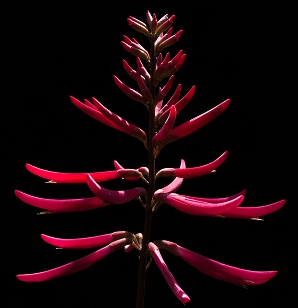
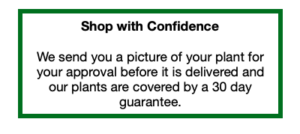
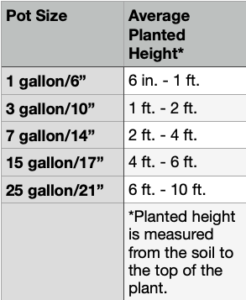
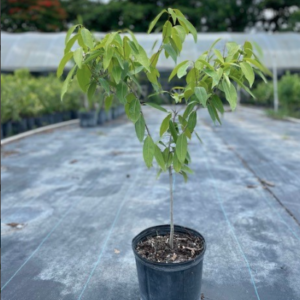
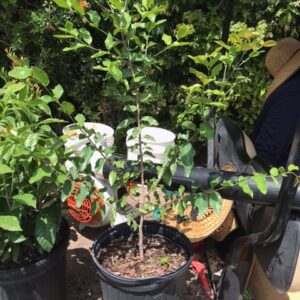
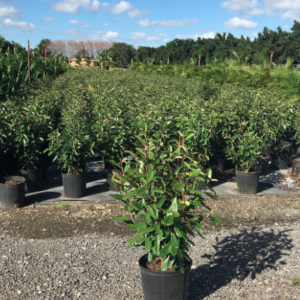
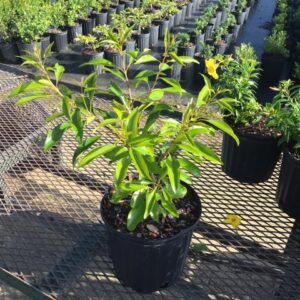
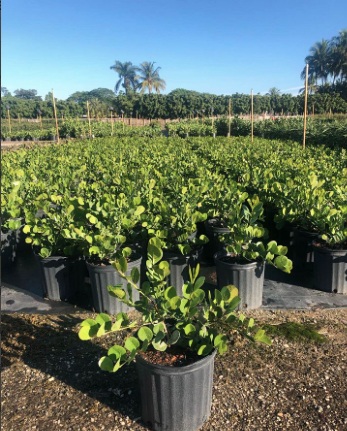
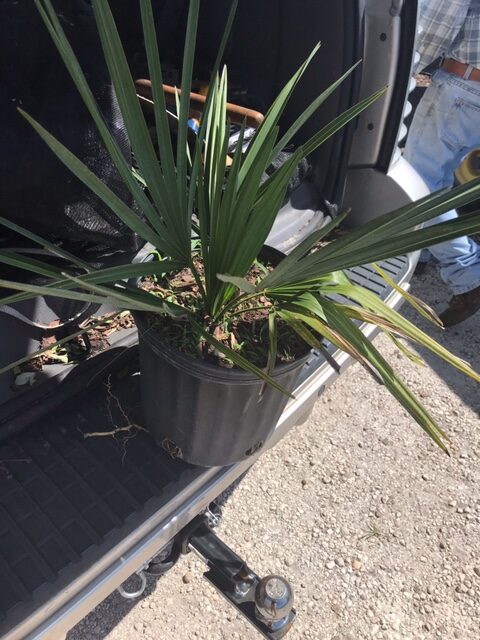
Stan S. –
I love the color.